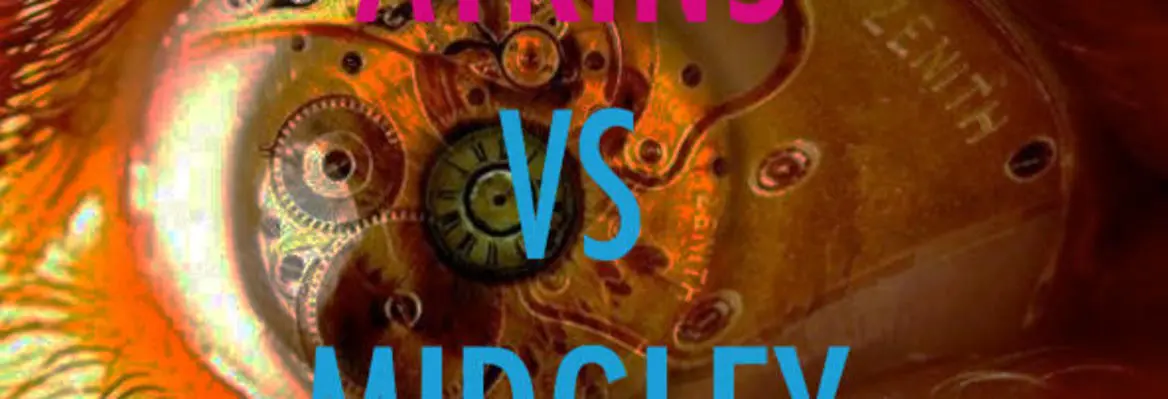This article is part of The Limits of Science: an ongoing debate between scientist Peter Atkins and philosopher Mary Midgley.
Midgley launches the debate by arguing that science does not have the answers to every question. In Science Unlimited, Atkins contends that, in fact, science will explain all of existence. Then, Midgley responds in Knowledge is Not an Empire, by arguing that science is just one field of enquiry among others. Now, Atkins counters that only science offers us a deep understanding of reality.
---
Science is not the only way to ask questions about reality. But it is the only way to get reliable answers. You really have to decide between, on the one hand, observation in alliance with coordinated thought, and, on the other, introspection in alliance with sentiment.
The scientific method is just plain common sense, although it took human brains centuries to stumble on it and break out of the bonds of superimposed authority (that is, religion). The method that finally dawned on people as a sensible approach was to make observations, lots of them, and carefully, and then to construct theories that were like some colossal intellectual jigsaw. Some pieces came from biology, some from chemistry, some from physics, and so on. As the pieces were assembled it turned out that the overall pattern was strengthened by the presence of the other pieces: understanding was strengthened when biology imported understanding from chemistry, and chemistry was strengthened when it imported understanding from physics. The whole picture was strengthened by the presence of mathematics, the extraordinarily objective logical framework that enabled concepts to be developed and taken to parts that intuition alone was unable to reach.
Other methods, non-scientific methods, of exploring reality are entertainments, distractions, but sometimes experimental fodder for the mill of science. Poetry, for example: whatever the aspirations of poets and however exquisite the verse, it is revealing about the psyche of its creators and its readers, but adds no insight. That it might bring us to tears or induce a satisfying warm glow of joy is an opportunity to discover more about the links between our brain and our endocrine system. Literature too is evidence about thought and perception in the neural networks within the brains of its originators and thereby, like poetry, worthy of scientific investigation as a contribution to an understanding of consciousness.
The visual arts (two-dimensional, as in a painting; three-dimensional. as in a sculpture; and four-dimensional. as in a movie) are best regarded as specimens that when studied add to a scientific theory of aesthetics. There are already hints that beauty lies in the beholder’s neuronal networks with the rhythms of scanning, for instance, of the sides of a golden section resonating with neuronal circuits. Music is a specimen of special importance to the formulation of a scientific understanding of perception and the emotions that perceptions stimulate. It is probably not a coincidence that the ratio of frequencies in a pleasurable chord match the rhythm of scanning the sides of a golden section, that atom of understanding of visual art. That these observations are miniscule contributions to an understanding of aesthetics should not be the basis of their scorn and dismissal: aesthetic appreciation is a hugely complex question and science needs to move cautiously but carefully to build reliable bridgeheads as it displaces ignorance. One day a computer will be able to assess and categorise beauty and ugliness.















Join the conversation